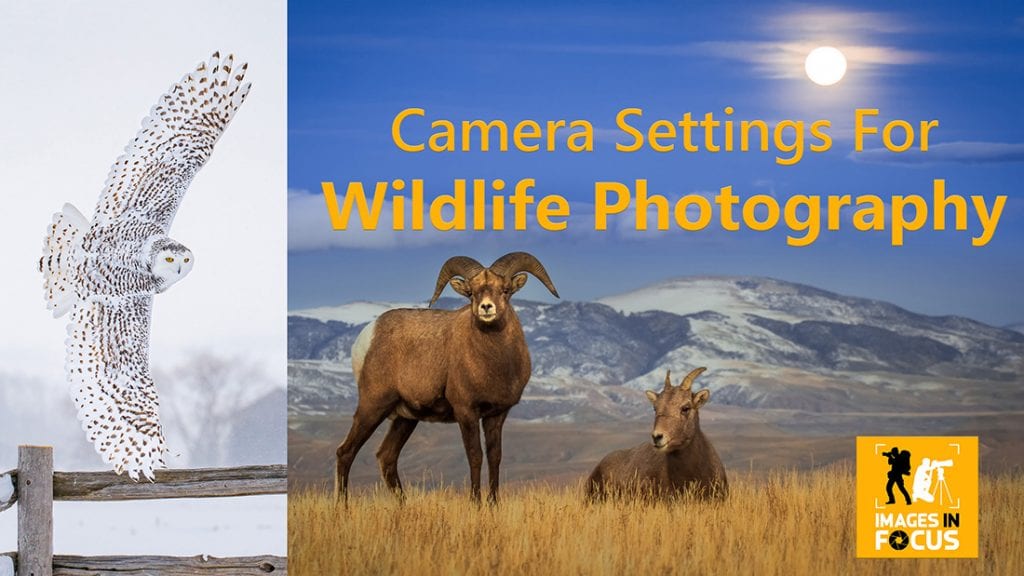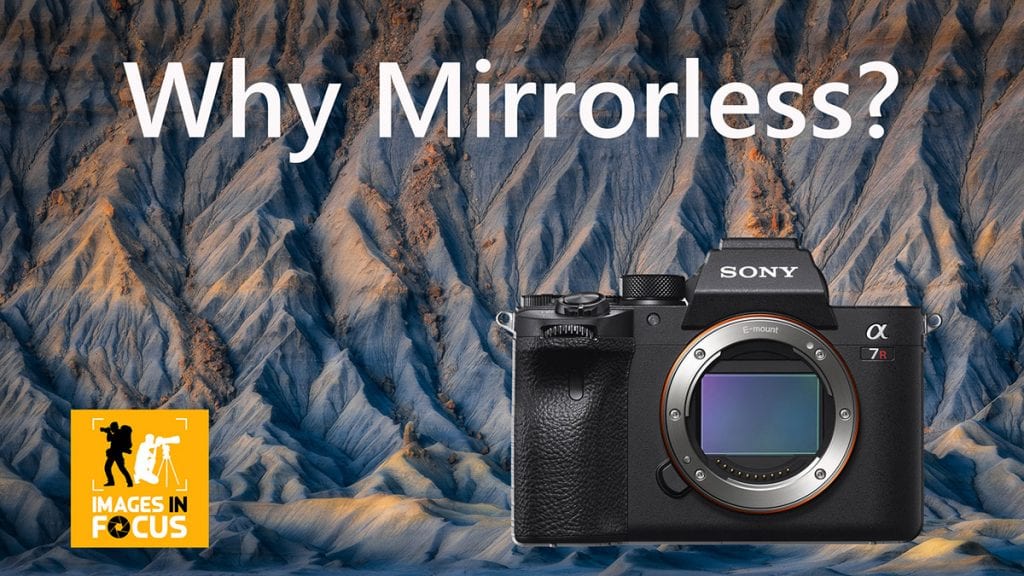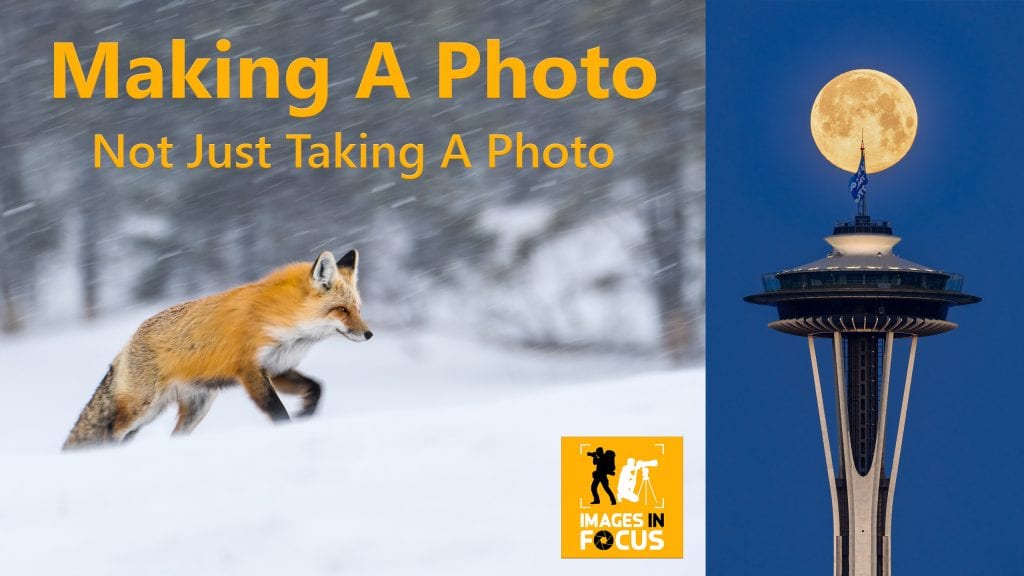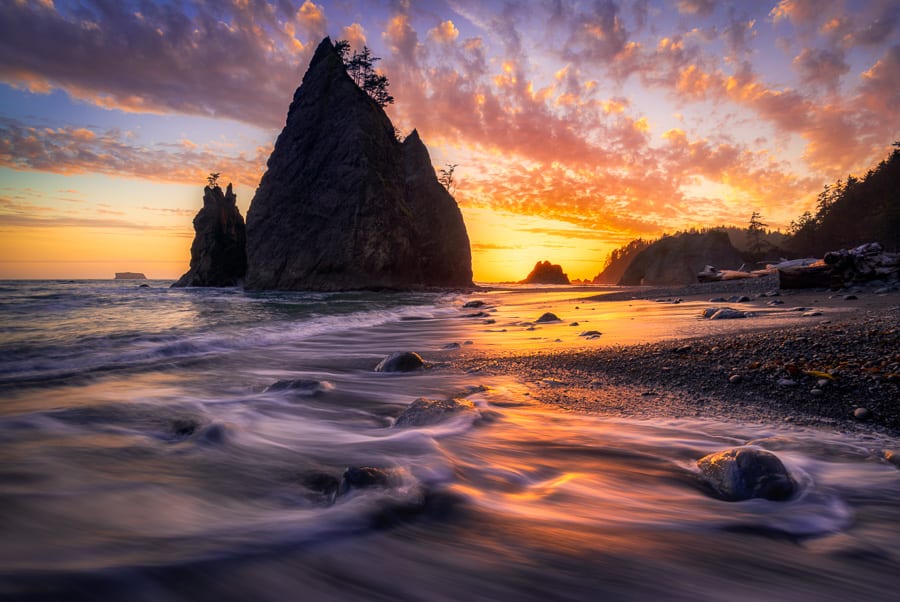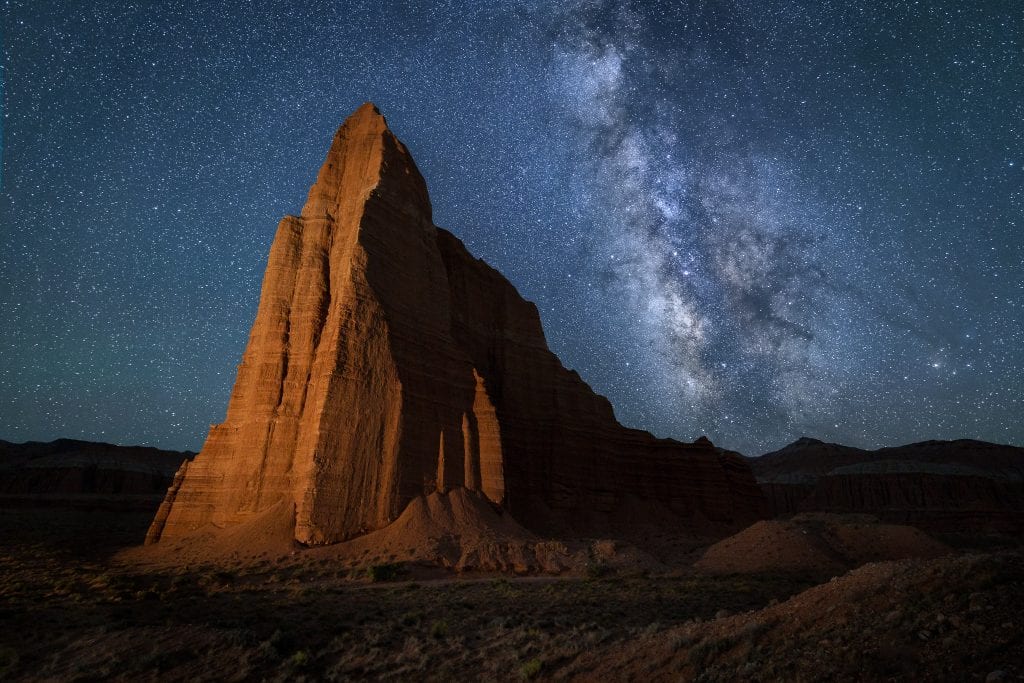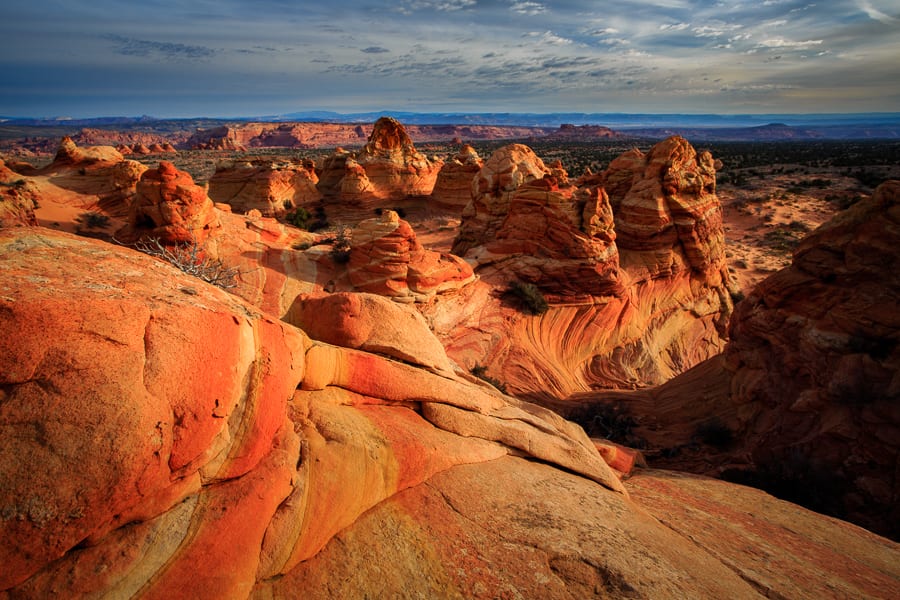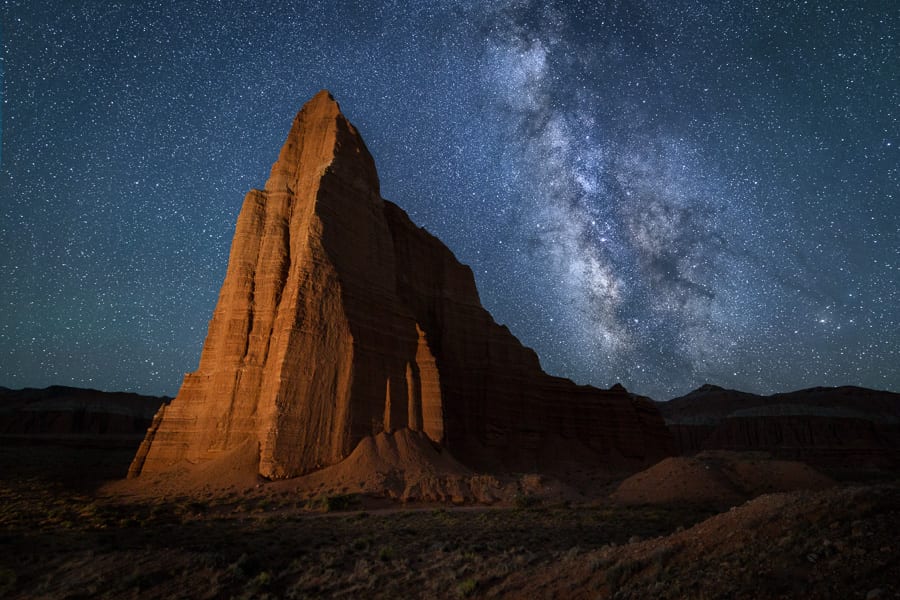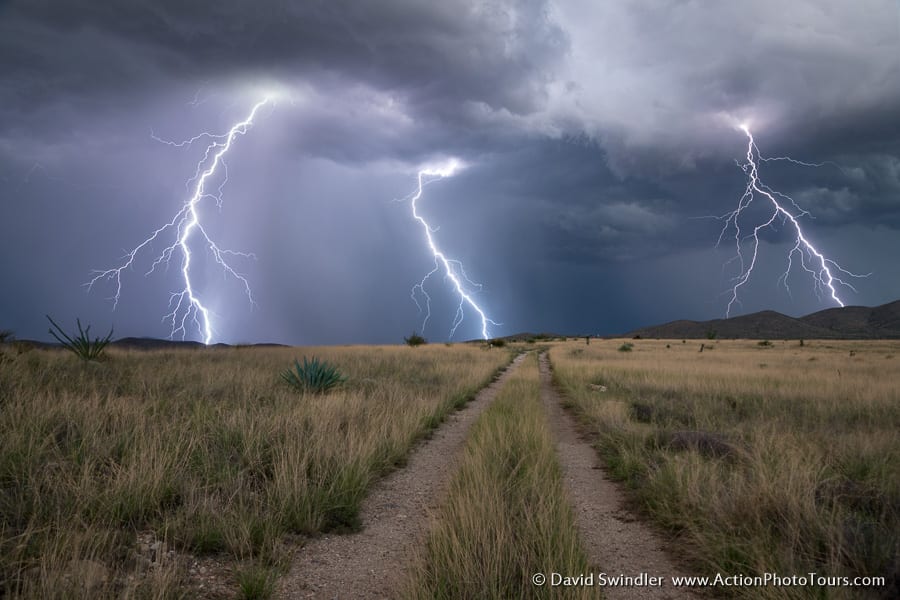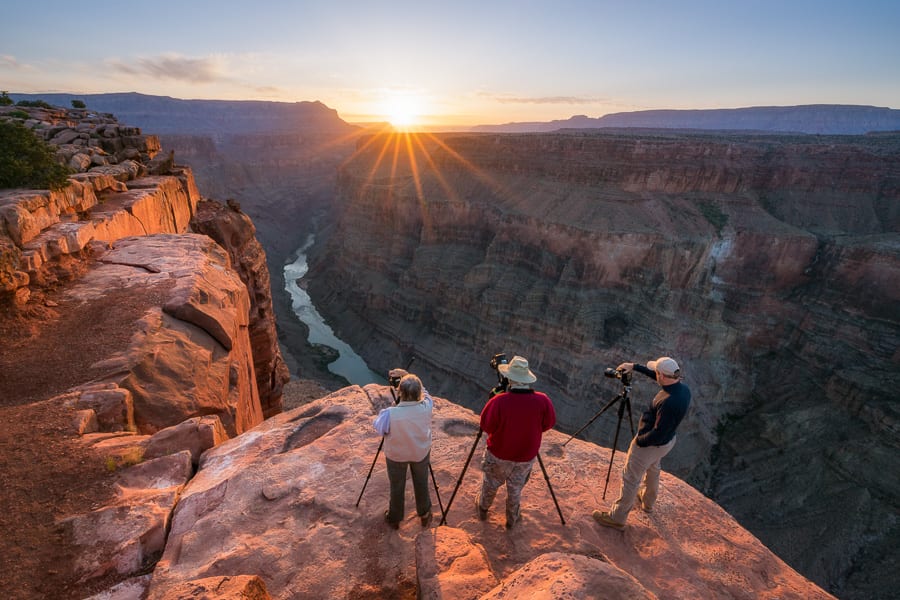Posts by David Swindler
Camera Settings for Wildlife Photography
As workshop instructors, we often get asked what are the correct camera settings for wildlife photography. Indeed, nailing the shutter speed, aperture, and ISO is absolutely essential for successful wildlife photography. The settings you use will depend on many factors, such as the type of animal you are shooting, the available light, the background, the…
Read MoreMirrorless vs DSLR Cameras
Are you thinking about changing over to a mirrorless camera? Do you know what the main differences are between a DSLR and a mirrorless camera? In this informative video, pro photographers Juan Pons and David Swindler discuss the main advantages of mirrorless, highlight many of the myths, and identify some of the challenges. With this…
Read MoreMaking an Image, Not Just Taking an Image
In this inaugural episode of the Images in Focus Photography Show, Juan Pons and David Swindler discuss the thought process behind making great photos. Topics include choosing your composition, defining the background, how to tell a story, and what kind of shot settings you should use! Learn how to plan your shots before you ever…
Read MorePreparing Images For Print
You’ve put so much time and effort into it – traveling to distant locations, going out early and late in the day, and finally capturing those perfect conditions! Returning home, you spent hours post-processing your favorite images and now you have a final product you are proud of. What’s the next step? It seems so…
Read MoreSequator Procedure (PC)
To help reduce noise in high ISO shots, stacking is becoming a popular option for astro-photographers. First, you must take a number of shots back-to-back with as little delay between them as possible. This means you won’t want any kind of 2-second delay or long exposure noise reduction turned on. Second, you’ll take anywhere from…
Read MoreStarry Landscape Stacker Procedure (Mac)
To help reduce noise in high ISO shots, stacking is becoming a popular option for astro-photographers. First, you must take a number of shots back-to-back with as little delay between them as possible. This means you won’t want any kind of 2-second delay or long exposure noise reduction turned on. Second, you’ll take anywhere from…
Read MoreCoyote Buttes South: Alternative to The Wave
Coyote Buttes North may get all the love because it holds the famous Wave formation, but there is another nearby area that has just as fascinating formations and is much easier to get permits for. As you probably know, getting permits to Coyote Buttes North requires a lot of luck and patience. While Coyote Buttes…
Read MoreLong Exposure Noise Reduction
Long Exposure Noise Reduction is a feature we talk a lot about on our night shooting workshops. Most photographers don’t have a clear idea what this function does or why it is necessary. In this article, we’ll explain what is Long Exposure Noise Reduction (LENR), when and where you should use it, and then compare…
Read MorePhotographing Lightning
Photographing lightning is one of the most exhilarating things you can do as a landscape photographer! Chasing storms will really get your adrenaline pumping and Mother Nature’s light show can be mesmerizing. But lightning is also dangerous, so safety is a primary concern. In this article we’ll discuss the safety concerns along with techniques for…
Read MoreToroweap: Past and Present
Toroweap is a secluded section of the North Rim of the Grand Canyon that you can visit using a high clearance vehicle. It offers a more dramatic view of the Colorado River than the more popular and accessible sections of the park. Upon reaching the edge of the canyon, you can look straight down and…
Read More
